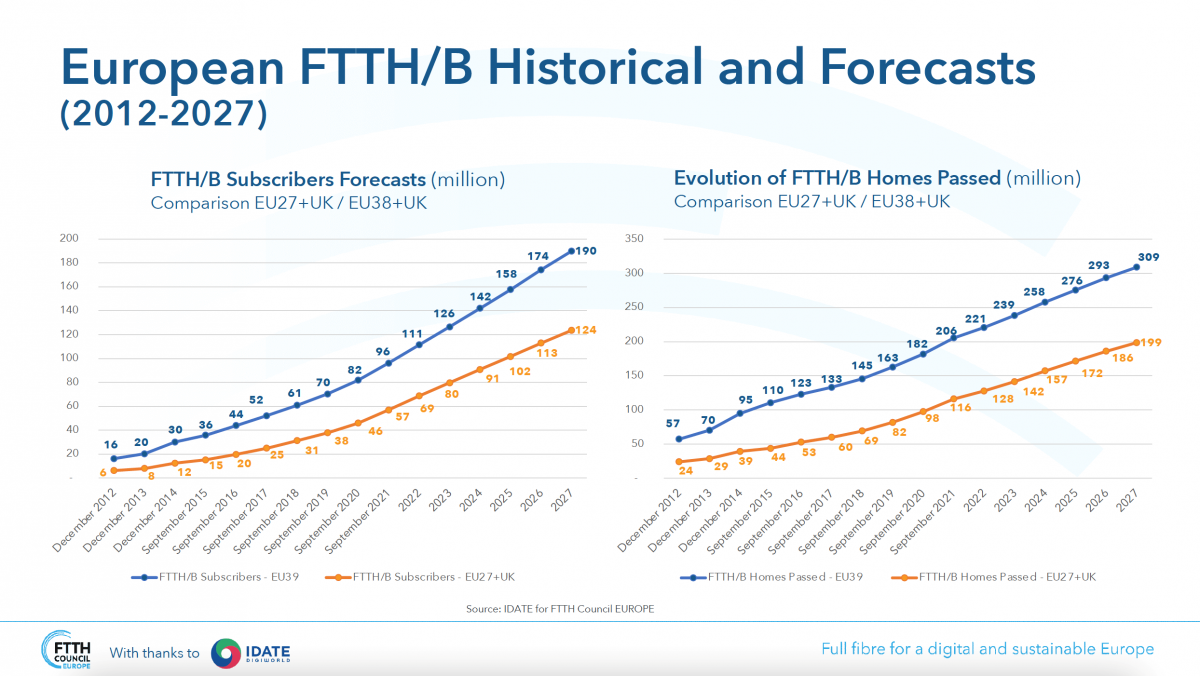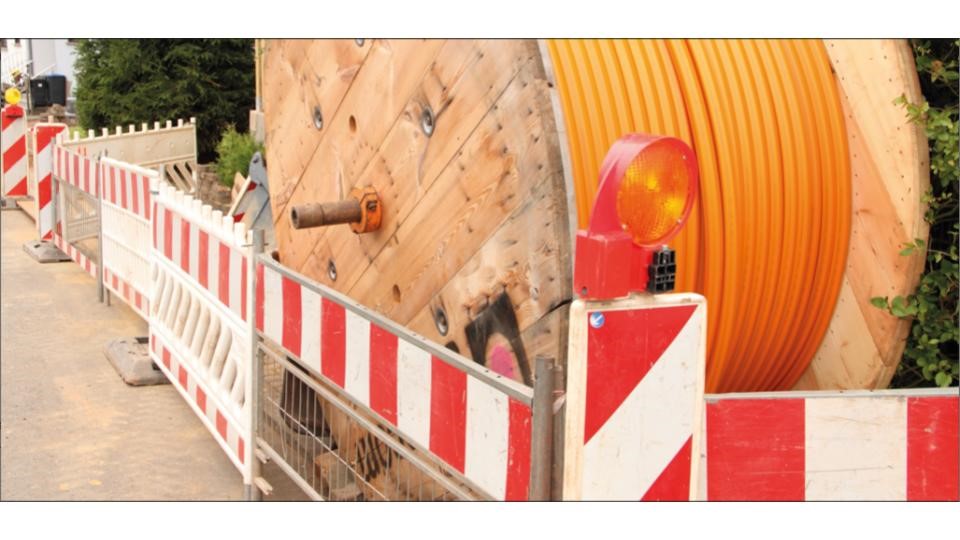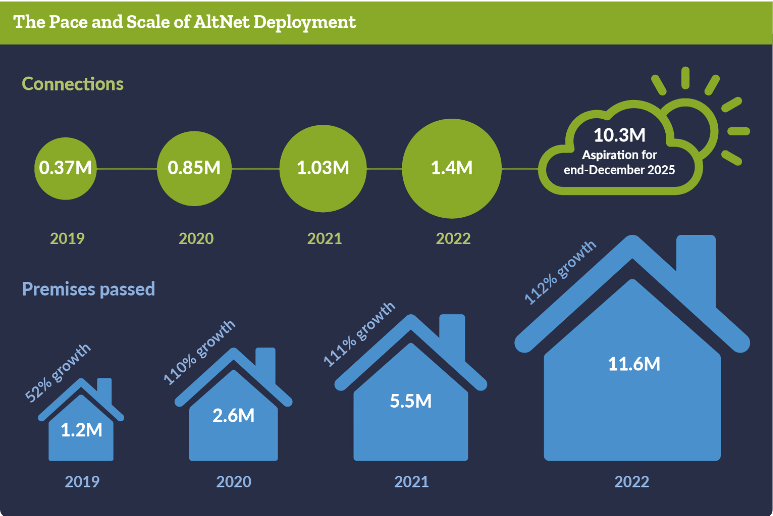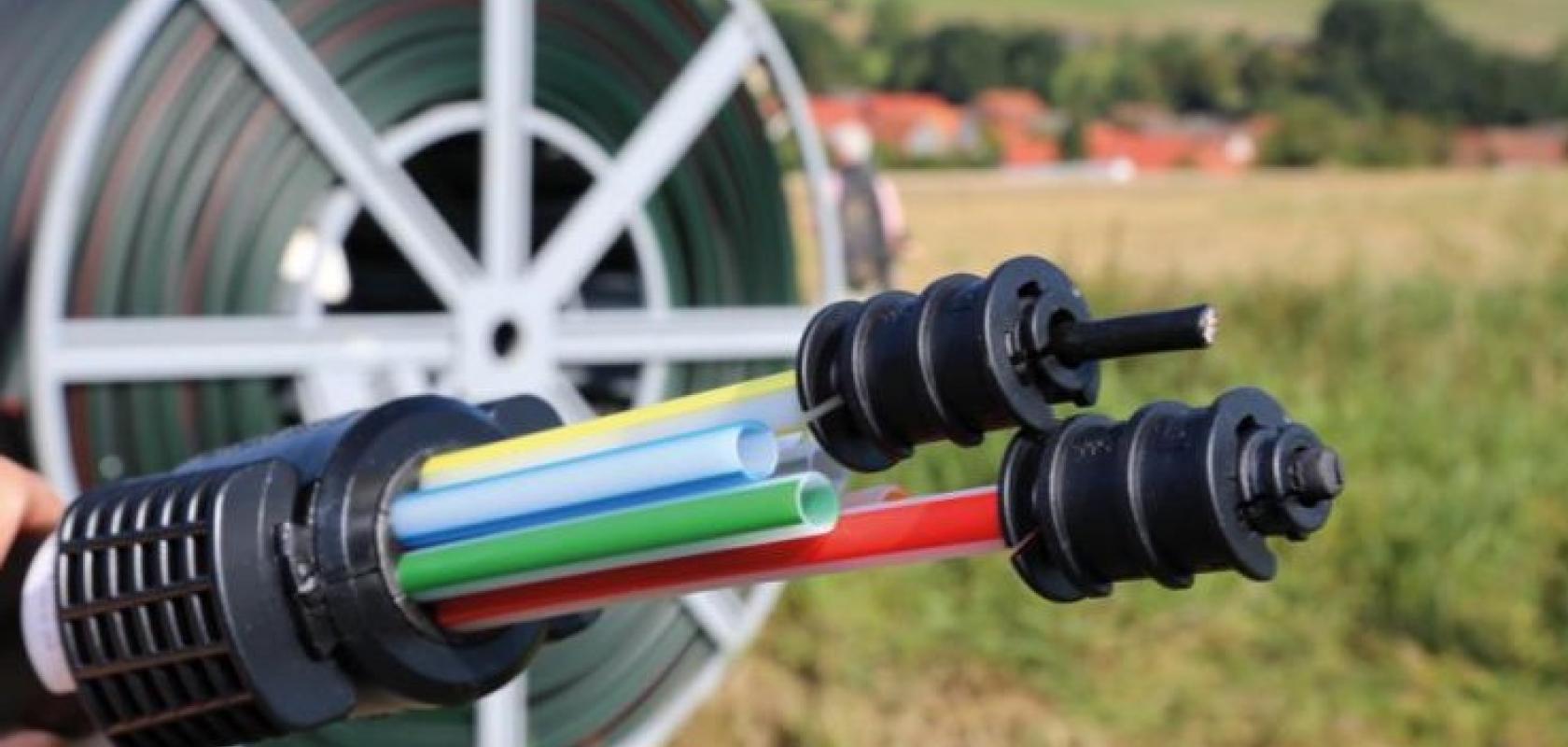Fibre deployment is progressing at an unprecedented pace across all Europe. According to the FTTH Council Europe’s latest Market Panorama, FTTH/B coverage in the EU39 now reaches 57% of households, confirming the continuous upward trend which has been observed for several years in a row now.
FTTH in Europe
Vincent Garnier, Director General of the FTTH Council Europe says: “This positive trend can be explained by several factors, including a favourable policy and regulatory environment, key precondition for private investments to continue to flow in our sector. Thanks to important legislative initiatives as the European Electronic Communications Code, the regulatory framework is now really focused on very high-capacity networks, among which FTTH stands out as the most efficient and future-proof technology. The FTTH Council Europe also welcomes the fact that EU’s policy objectives related to connectivity are backed with public funding, particularly the ‘Next Generation EU’ and the Recovery and Resilience Facility, accounting for more than €13bn earmarked for broadband connectivity including FTTH."

With deployments well under way, Garnier believes that the adoption of fibre is where policymakers and the industry will need to focus their efforts in the future. He says: “While our Market Forecasts 2022-2027 report a positive trend in terms of take-up in the next five years, we currently observe an important disparity between FTTH deployment and adoption rates at European level, which needs to be urgently addressed. In light of this, the FTTH Council Europe is working on an important study that will lead to a series of recommendations to boost the adoption and effective usage of full-fibre infrastructures in Europe.”
With the view of reconfirming FTTH technology as the key element in achieving the gigabit connectivity target for all EU households by 2030, the FTTH Council Europe will also continue to contribute and provide inputs to relevant upcoming legislative initiatives at the EU level. Continues Garnier: “As part of these efforts, we are anticipating the work on the Access Recommendation and Broadband Cost Reduction Directive review as well as the update of the State Aid Guidelines, all of which will greatly matter for the sector.”
However, he highlights, that despite the positive environment in which our industry currently finds itself, there are still many challenges that still need to be addressed:
In-home connectivity
Garnier feels that the quality of in-home connectivity will be a key parameter for FTTH adoption as well, because avoiding the end of the network from becoming a bottleneck will be crucial. He says: “Hence the FTTH Council Europe’s initiative to publish the In-home Broadband Excellence (IBE) Guide - presented in May 2022 in occasion of the last FTTH Conference in Vienna - which describes the technical solutions available to Communication Service Providers to maximize the performance of in-home connectivity and the end-user experience and satisfaction.”
Green transition
The council believes that now is the time to build a more sustainable society is now, and fibre is set to be the game changer when it comes to digital infrastructures. Garnier explains: “As our industry is clearly facing a point of no return in the context of sustainability, the Sustainability Committee of the FTTH Council Europe has launched the ‘Fibre For The Planet’ initiative, a series of successful business cases through which Members of the Council are brought on stage to showcase their best practices around the sustainability issue.
“With the same ambition of helping the industry to adapt to this new paradigm, the FTTH Council Europe has also partnered with its sister councils from the FTTH Global Alliance in launching the ‘Sustainability in Fibre’ survey, whose main aim is to establish a common baseline over the fibre supply chain’s commitment to sustainability and Environmental, Social and Governance (ESG) strategy across all regions of the world.”

Image credit: mahc/Shutterstock.com
Rural rollout
Although rural deployment is gaining more attention, lower density areas remain significantly less covered by fibre than larger towns and cities across Europe. Figures at September 2021 from the FTTH Council Europe’s report on FTTH/B deployment in rural areas show that only 30% of rural inhabitants could enjoy full-fibre connectivity (compared to 49% of European households in the EU27+UK region covered by FTTH/B networks). The FTTH Council Europe thinks that policy makers and the industry need to work together to address this situation and to eliminate the huge gap between rural and urban areas.
In conclusion, Garnier says: “Europe is moving in the right direction from a connectivity perspective. Countries with strong legacy copper networks or important coaxial cable presence, and which started the deployment of fibre later than others, are now delivering on their extremely ambitious deployment goals. The superior benefits of fibre are undisputed, but a lot is still to be done before all individuals and businesses can benefit from an ultrafast connected society.”
The growth of the independent
The FTTH Council’s Market Panorama figures also detailed that altnets constitute the largest part of FTTH/B players, with around 57% of the total homes in the EU39 countries being passed by alternative ISPs and around 39% by the incumbent ISPs, with the remaining 4% being municipalities/utilities. The latest figures from the Independent Networks Co-operative Association (INCA)demonstrated that more than 5.5 million homes and businesses in the UK connect to an independent fibre broadband network, with the total number of live connections provided by the ‘alt nets’ is above a million.
Compiled for INCA by Point Topic using data provided by independent network operators across the UK, the report, entitled Metrics for the UK independent network sector, shows that the sector doubled in size over the previous year. This represents 111% growth year-on-year, compared with 110% from 2019–2020 and 52% from 2018–2019.

Indeed, the independent sector continues to pull in significant sums of private funding with investment and expenditure commitments in the UK alone predicted to reach £17.7bn by the end of 2025. When combined with the £12bn announced by BT Group, the £5bn announced by government, and £2bn planned by VM02, investment levels will exceed the previous estimates of £30bn for bringing next generation networks to every property in the UK.
INCA’s Chief Executive, Malcolm Corbett said of the report’s launch: “This continued high level of investment, coupled with commitments from others in the private sector like BT and Virgin Media, and the money being put in by government, shows that the UK is on track, for the first time in its history, to have proper broadband infrastructure competition. Independent network operators are a key piece of this connectivity jigsaw which will offer consumers real choice and drive innovation in the broadband services they consume.”
Cause for concern
The report also details operators’ concerns, the top two of which are planning and street works delays; and the threat of overbuild from other operators through Project Gigabit procurements. In joint third place, according to the report, are delivery times for services from incumbent or other operators; the issue of getting wayleaves; and BDUK’s pause on community-led ISPs Gigabit Vouchers affecting current and future deployments. Interestingly, the wayleaves issue was slightly lower on the list that the previous year, when it placed number one as the top industry concern. The report puts this down to many network operators deploying outside of urban areas, and enhanced legislative measures being put into place.
The fourth largest concern, according to INCA, is gaining access to skills and labour post-Brexit; which, Brexit aside, is an issue globally for operators and network providers. Members of the association placed UK incumbent, Openreach’s long-term FTTP pricing offer (Equinox) in fifth place, as they say it could substantially help Openreach overbuild existing altnet networks and impact deployment plans, particularly regarding wholesale. According to the report: “Since the ‘fibre only’ incentivisation programme was launched in October 2021, Openreach signed up 42 communication providers to the scheme, underscoring industry concerns expressed to Ofcom that it could undermine competition in areas where altnets are already investing heavily.”
The last concern for altnets detailed in the report was access to finance, although the report noted that this was now at the bottom of the because of the “unprecedented amount of investment within the sector.” Likewise, said the report, the ability of altnets to engage with developers and local authorities on new build housing plans was slightly less of a concern following December 2021 proposed amendments to the Building Regulations mandating that all new builds are equipped with gigabit-capable connectivity from the outset, which come into force on 26 December 2022.
Alex Blowers, Chairman at INCA commented on the launch of the report: “This report shows the increasing maturity of the independent broadband sector. It is now transitioning from fundraising and planning mode to delivery and execution stage and is undeniably a key partner in the delivery of a 21st century digital UK. It is now crucial that the government and Ofcom ensure momentum is maintained, by evolving the underlying policy and regulatory framework in support of the infrastructure competition that has now arrived in the UK.”
FTTH in America
Moving to the United States, and Gary Bolton, President and CEO at the US Fiber Broadband Association (FBA) feels that 2023 will be a banner year for fibre in the United States. He says: “An unprecedented, once-in-a-generation effort is gearing up between national and local governments to close the digital divide. During the next five years, more than $100 billion in public funding will be invested in broadband networks for unserved and underserved communities, with fibre making up the vast majority of new last-mile networks. Significant private capital is also being invested to replace or supplement aging telecom and cable plants across the country in both rural and urban settings to enable incumbent operators to stay competitive with fibre.”
Bolton notes that fibre is the recognised choice for future-proof, easily upgradable infrastructure to replace legacy copper and coax networks, and that it delivers long-term economic benefits for communities that have it. He continues: “All major American telcos are committed to fibre as a long-term solution while the cable industry recognizes fibre as essential to delivering symmetrical broadband services on their path to 10Gb/s and beyond. Nokia and other vendors have demonstrated the ability to upgrade today’s 10Gb/s fibre networks to 25Gb/s today, and to 100Gb/s in the near future, providing an affordable path to applications we haven’t even created.”
However, Bolton also admits that, in fairness, fibre’s success has its challenges. “Supply chain issues from the pandemic continue to be an area of concern,” he says, “Although fibre and equipment manufacturers are stepping up to increase production to meet the needs of the next five years, with forward-looking companies opening new facilities both in the United States and in other regions. More local U.S. production will alleviate short-term shortages and likely lower supply pricing over the long-term. In addition, fibre manufactures have announced new fibre manufacturing facilities in Europe, such as Corning’s new plant in Warsaw, so that all of the US domestic production can be directed to satisfy domestic demand.”
The ever-present issue of maintaining a skilled workforce is another area of concern FBA and others are addressing. Bolton explains: “The fibre industry will need up to 850,000 new skilled technicians to plan, build, install, and maintain the networks being built over the next five years. FBA has created the OpTIC Path training curriculum to provide the needed hands-on skill training necessary for new fibre technicians to be ready to perform their duties when they show up for their first day of work. We and our industry partners are working to rapidly bring this much-needed curriculum to trade schools, community colleges, and other organizations to make sure the industry has the skilled labour necessary in the years to come.”
The FBA also continues to work with federal, state, and local officials to improve legislation and regulation for building and operating fibre networks as well as making sure communities are actively engaged in the process of delivering broadband to everyone. Bolton states: “The ultimate success of closing the national digital divide is dependent upon strong local community engagement and leadership to make sure no household is left behind.”


